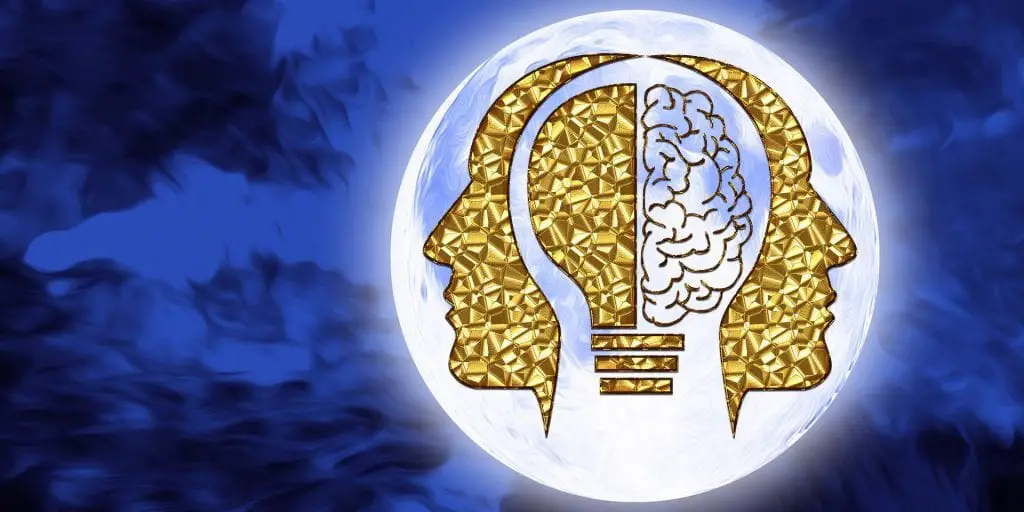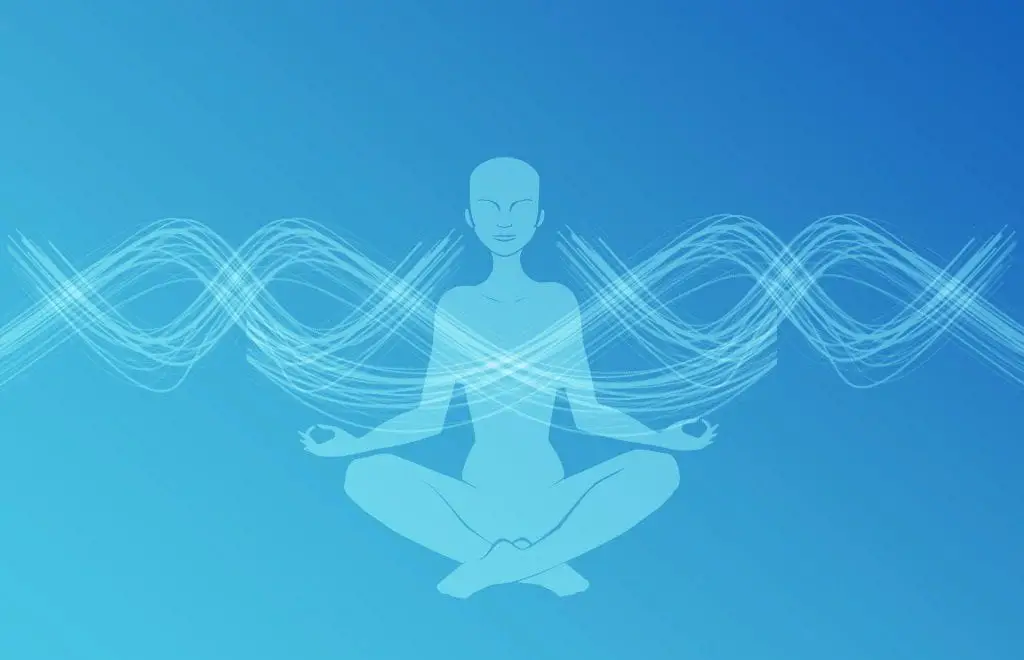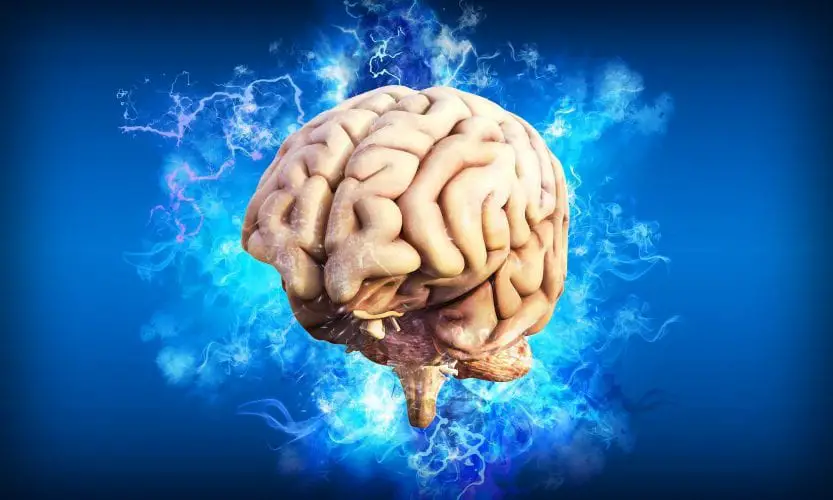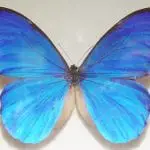From chromotherapy to science — colors impact our thoughts and feelings
Since ancient times, people have been aware that certain colors can alter a person’s physical, emotional, and mental state. Among the oldest alternative medicine methods, there is a therapy of colors, called chromotherapy. Light therapy was practiced in ancient India, Egypt and China. Even though it is still considered a pseudo-science, chromotherapy is based on a widely accepted belief that colors affect certain aspects of our well-being.
Scientists studying the psychological effect of colors have long established that certain colors can strongly influence our mood, feelings, and overall state of mind. This phenomenon is also known as a non-visual effect of colors, and it involves a certain physiological mechanism.
The physics, chemistry, and biology behind our response to the blue stimulus
Colors affect the neurological pathways of the brain, creating a biochemical response. When the light reaches the eye, two types of retinal cells react. The cones send electrochemical signals to the visual cortex, where images are formed. The ganglion cells send signals to the hypothalamus, which regulates hormone secretion. Here lies the secret of our mental and emotional response to certain colors.
The shades of blue have short wavelengths. This is important because the retinal ganglion cells are selectively sensitive to short wavelengths of the visible spectrum. As a result, many scientific studies focus on the effect of the color blue on humans.
Scientists have documented cases of treating disruptive behavioral disorders with the help of color lighting. They successfully altered the emotional state of their patients using blue light. The patients developed mental calmness.

The calming effect of the color blue
Short-wavelength colors, such as blue, decrease the heart rate, lower blood pressure and reduce anxiety. As a result, we start experiencing peace, calmness, tranquility and serenity. Blue makes us feel relaxed, comfortable, and less stressed. These science-backed findings have been applied in study rooms, to facilitate learning though the use of blue lighting.
The color blue also accelerates post-stress relaxation. After episodes of emotional outbreaks, a person who is given access to a blue lightroom can calm down and return to normal much faster. This is especially useful in schools and correctional institutions. In 2000, to reverse a growing trend of suicides at train stations across Japan, blue lights were installed at 71 train stations. Within ten years of the initiative, the number of suicides decreased by 84%.
At night-time, the color blue has an opposite effect — it impairs our sleep
If you believe that the color blue always calms the mind, beware! When a person is exposed to blue light over a longer period (several hours), the hypothalamus suppresses the secretion of the hormone melatonin. This affects the circadian system, reduces sleepiness and increased alertness. During the night, the blue light emitted from the computer and phone screens can shift the internal body clock and disturbs the sleep pattern.

Blue as an ancient archetype of vastness and freedom
When analyzing the impact of colors on our mind, we should not forget that many of our visceral responses to external stimuli cannot be fully explained through physics, chemistry and medicine alone.
The famous psychoanalyst Carl Gustav Jung developed the idea of a collective unconscious, a pool of signs, symbols, and patterns called archetypes. Jung believed that we inherit these archetypal concepts, ideas and perceptions from our ancestors, and that we share them with whole humanity. The archetypes explain our phobias, our dreams and our instinctive responses to stimuli.
The color blue is a very strong archetype. Across time, geographies and cultures, the color blue has developed an almost universal symbolism. Blue is the color of the clear, boundless sky — the abode of Gods and divine beings, a zone in which the birds fly high and free. Blue is also the color of the vast ocean and the sea — of unreachable depths and immense silence.
After a stressful day, there is no relaxant better than a walk at the beach. Or, a gaze at the vast blue sky with its endless horizon. This visual imagery transcends eras, nations, and societies. It also partly explains why the color blue calms the mind and soothes our emotions, like no other.

The spiritual perspective on why the color blue calms the mind
Spirituality, too, has its take on why the color blue has such a soothing effect on our mental state.
In the ancient science of yoga, the color blue controls the thyroid gland and the sympathetic system (directing the body’s involuntary response to stress). Blue corresponds to the throat chakra. Dark blue (indigo) affects the endocrine system, and it is associated with the third eye chakra. When properly functioning, these two chakras ensure that the person is confident and possesses peace of mind.
Another spiritual system explains that color adds to our aura field when we focus on a particular color. Focusing on the color blue can strengthen the presence of blue in our aura. Blue aura is traditionally associated with people who possess inner calmness and control over their mind. Many Gods in the Hindu pantheon are depicted as having a blue skin — a symbol of spiritual accomplishment and divinity.
Culture, too, shapes our mental and emotional response to the color blue
Finally, let us remind ourselves that traditions, morality and social conditioning strongly shape us. Through our upbringing and education, certain symbols are irrevocably etched into our minds and hearts. One such symbol is the color blue and its connection to peace. Together with white, blue is one of the two official colors of the United Nations. The logo and the flag of the United Nations are blue. In this context, blue is used as a symbol of universal peace, tolerance, and co-existence. It is a symbol of the peace-making mission of the UN. This powerful political iconography is one more factor that contributes to the way we perceive the color blue.



